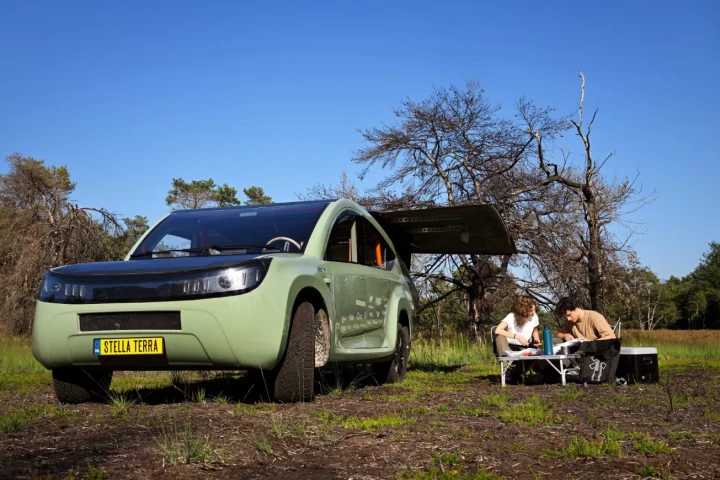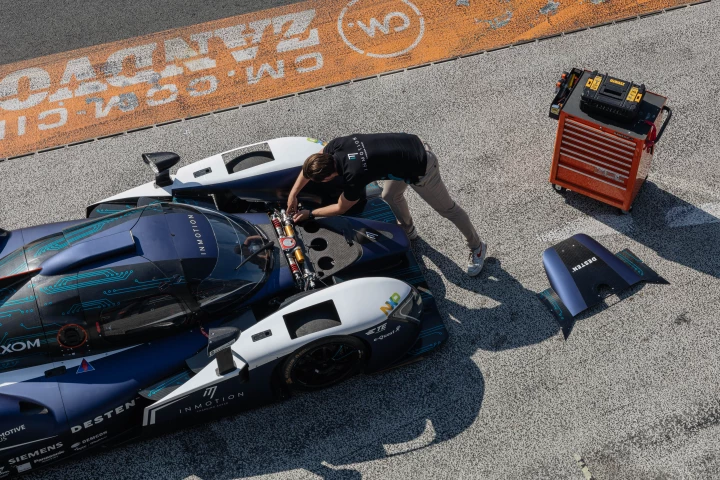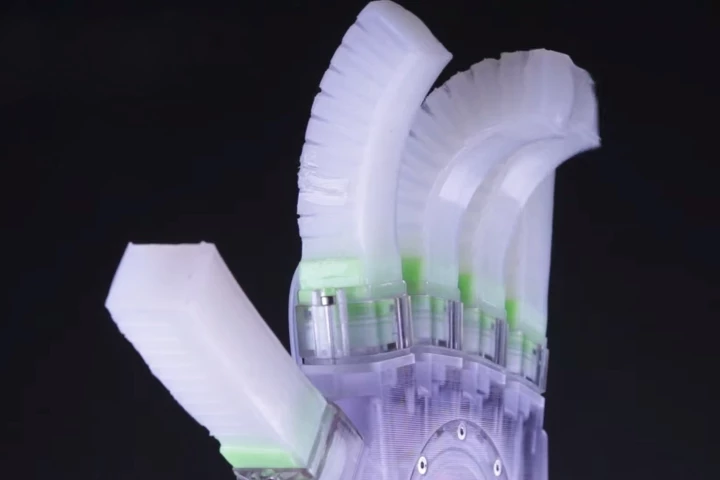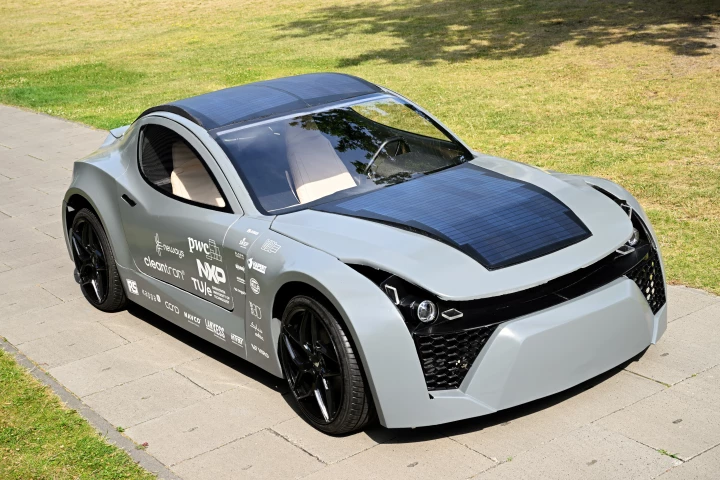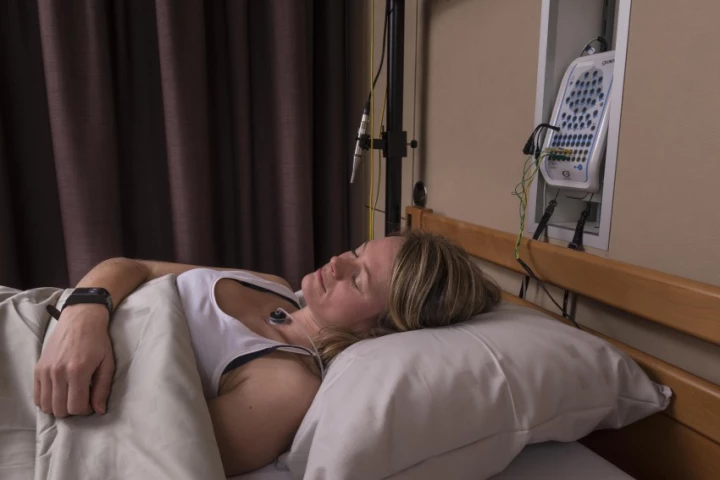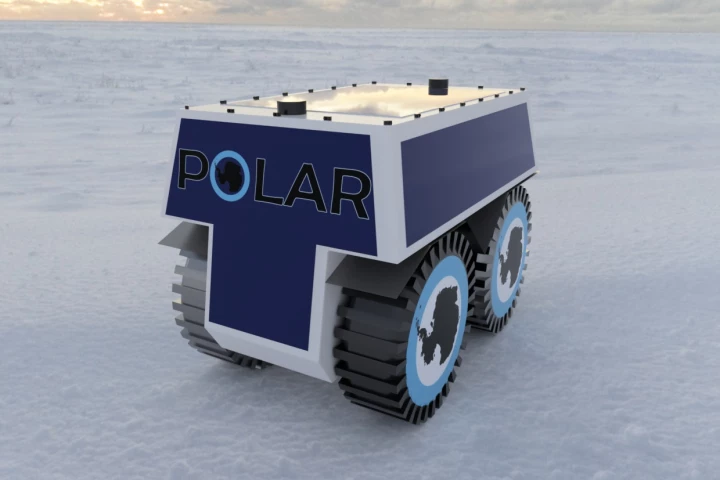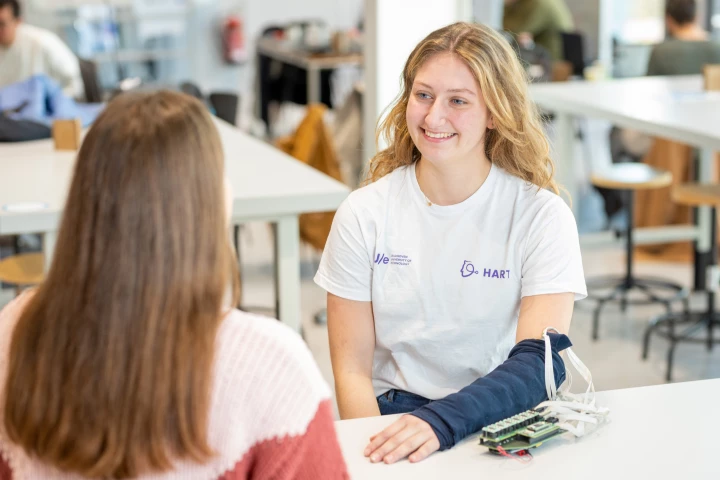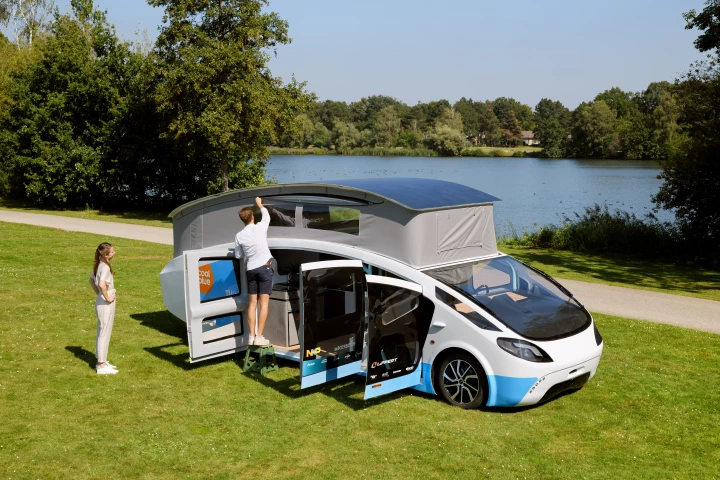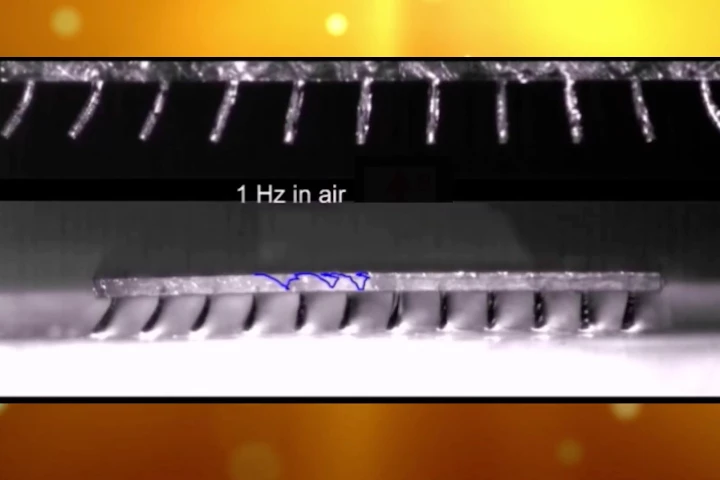Technical University of Eindhoven
-
Hydrogen shows a lot of promise as a powerful, clean fuel source – as long as the process that creates it is also green. A new report shows how tough it might be to get to truly green hydrogen, while a new study removes a barrier to its creation.
-
The TU Eindhoven Solar Team has taken a few leaps into the future, showing how EV technology will one day provide for boundless mobility. It's followed up its 2021 solar RV with an all-electric off-road car that rides on pure solar-electric power.
-
With an endurance race in its sights, a team of more than 30 students at Eindhoven University of Technology in the Netherlands has developed a technology that's allowed a 250-km battery pack to be fast-charged in under four minutes.
-
Plastic ketchup bottles have a valve in the lid that opens to let ketchup out, and that "sputters" if the bottle is squeezed too hard. Scientists have copied that mechanism to create an actuator that could be used in autonomous soft robotic devices.
-
A student team has built a prototype electric passenger car that removes and stores carbon dioxide from the air as it rolls down the road, with the aim of capturing more CO2 than is emitted during the full lifecycle of the vehicle.
-
With concrete being a major contributor of carbon emissions, a team led by the Eindhoven University of Technology is researching whether flax could be used as a greener building material, and to this end has completed a sensor-packed footbridge.
-
The assessment of sleep apnea typically involves spending a night at a clinic, wired up to sensors that may actually keep the patient from sleeping normally. According to recent research, though, a Fitbit-like device could serve the same purpose.
-
Members of a student team from the Technology University of Eindhoven are about to embark on a fact-finding mission to the South Pole that will inform the creation of an autonomous solar-powered Antarctica research rover.
-
For the past year or so, a student team from the Eindhoven University of Technology has been working on a wearable that could allow folks to understand what's being said in another language through vibrations on the arm.
-
Last month, students from the Solar Team at TU Eindhoven announced plans to roll from the Netherlands to southern Spain in a solar-powered campervan. After a shaky start, the Stella Vita arrived in Tarifa on Friday afternoon.
-
The Solar Team Eindhoven has built a number of super-efficient, solar-powered vehicles over the years, and has now raised the roof on its latest design. The Stella Vita will hit the road later this month for a 3,000-kilometer trip through Europe.
-
Paramecium and certain other microbes move through liquid by whipping back and forth hairlike appendages known as cilia. Scientists have now developed a new type of synthetic cilia, which could find use in micro-robots and more.
Load More

